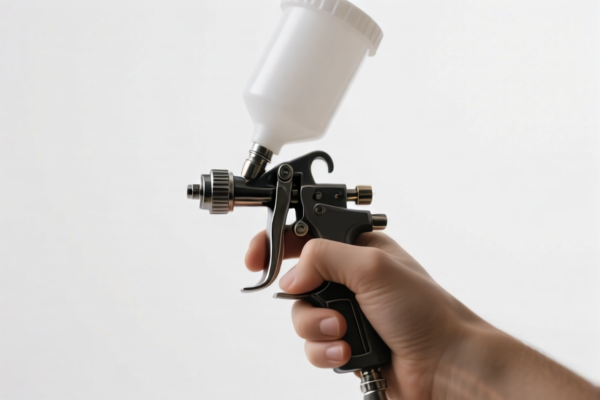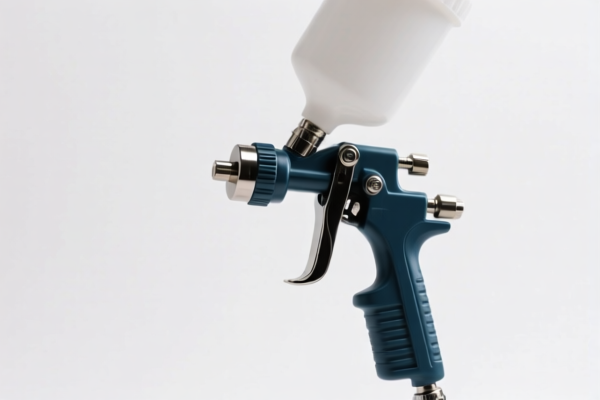| HS Code | Official Doc | Tariff Rate | Origin | Destination | Effective Date |
|---|---|---|---|---|---|
| 3004490050 | Doc | 30.0% | CN | US | 2025-05-12 |
| 3004909280 | Doc | 30.0% | CN | US | 2025-05-12 |
| 3003900180 | Doc | 30.0% | CN | US | 2025-05-12 |
| 3003900190 | Doc | 30.0% | CN | US | 2025-05-12 |
| 3005101000 | Doc | 30.0% | CN | US | 2025-05-12 |
| 3005901000 | Doc | 30.0% | CN | US | 2025-05-12 |
| 3304100000 | Doc | 55.0% | CN | US | 2025-05-12 |
| 3304100000 | Doc | 55.0% | CN | US | 2025-05-12 |
| 3307900000 | Doc | 60.4% | CN | US | 2025-05-12 |




Wound Spray
Wound spray refers to a category of antiseptic or protective solutions applied to injuries to cleanse, disinfect, and/or promote healing. They are commonly used for minor cuts, scrapes, abrasions, burns, and surgical wounds.
Material Composition
Wound sprays utilize a variety of active ingredients, categorized broadly as follows:
- Antiseptics: These kill or inhibit the growth of microorganisms to prevent infection. Common examples include:
- Chlorhexidine Gluconate (CHG): A broad-spectrum antiseptic effective against bacteria, viruses, and fungi.
- Povidone-Iodine: A potent antiseptic, though it can sometimes delay healing in sensitive individuals.
- Hydrogen Peroxide: Historically used, but now less common due to potential tissue damage.
- Benzalkonium Chloride: A quaternary ammonium compound with antiseptic properties.
- Skin Protectants: These form a barrier to protect the wound from contamination and promote a moist healing environment. Examples include:
- Dimethicone: A silicone-based polymer that creates a breathable protective layer.
- Mineral Oil/Petrolatum: Provide a protective barrier, preventing drying and cracking.
- Pain Relievers: Some sprays include local anesthetics to temporarily reduce pain.
- Lidocaine/Benzocaine: Common local anesthetics.
- Other Additives:
- Saline: Used as a base for cleansing.
- Aloe Vera: Known for soothing and moisturizing properties.
- Vitamins/Minerals: Some formulations include ingredients believed to support healing.
Purpose & Function
The primary functions of wound spray are:
- Cleansing: Removing dirt, debris, and foreign particles from the wound.
- Disinfection: Reducing the bacterial load to prevent infection.
- Protection: Shielding the wound from external contaminants.
- Moist Wound Healing: Maintaining an optimal moisture level for faster healing.
- Pain Reduction: Providing temporary relief from pain and discomfort.
Usage Scenarios
Wound sprays are suitable for a range of minor injuries:
- Cuts & Scrapes: Common abrasions from everyday activities.
- Minor Burns: First-degree and superficial second-degree burns.
- Surgical Incisions: Following minor surgical procedures (after initial closure by a healthcare professional).
- Blisters: To prevent infection and promote healing.
- Ulcers & Diabetic Sores: Specific formulations are designed for chronic wound care (under medical supervision).
Common Types
- Antiseptic Sprays: Primarily focused on killing bacteria and preventing infection. Often contain CHG or Povidone-Iodine.
- Skin Protectant Sprays: Form a barrier to protect the wound. Dimethicone sprays are common.
- Hydrocolloid Sprays: Create a gel-like environment to promote moist healing.
- Foam Sprays: Useful for hard-to-reach areas and provide gentle cleansing.
- Combination Sprays: Contain multiple ingredients for cleansing, disinfecting, and protecting.
- Spray Bandages: A liquid bandage that forms a protective film over the wound.
Wound spray typically refers to a pharmaceutical preparation used for the treatment of wounds, often containing antiseptic or healing agents. It is applied to injured skin to disinfect, promote recovery, and prevent infection. Based on its function and application, the following HS codes are relevant:
- 3004490050: This code covers “Medicaments (excluding goods of heading 3002, 3005 or 3006) consisting of mixed or unmixed products for therapeutic or prophylactic uses, put up in measured doses (including those in the form of transdermal administration systems) or in forms or packings for retail sale: Other, containing alkaloids or derivatives thereof: Other Dermatological agents and local anesthetics”. Wound sprays fall under this category as they are medicaments for therapeutic use applied to the skin (dermatological agents). The tax rate is currently 30.0% (0.0% base tariff, 0.0% additional tariff, and 30.0% additional tariff after April 2, 2025).
- 3005101000: This code refers to “Wadding, gauze, bandages and similar articles (for example, dressings, adhesive plasters, poultices), impregnated or coated with pharmaceutical substances or put up in forms or packings for retail sale for medical, surgical, dental or veterinary purposes: Adhesive dressings and other articles having an adhesive layer: Coated or impregnated with pharmaceutical substances”. If the wound spray is applied using a bandage or adhesive dressing, this code may be applicable. The tax rate is currently 30.0% (0.0% base tariff, 0.0% additional tariff, and 30.0% additional tariff after April 2, 2025).
- 3005901000: This code covers “Wadding, gauze, bandages and similar articles (for example, dressings, adhesive plasters, poultices), impregnated or coated with pharmaceutical substances or put up in forms or packings for retail sale for medical, surgical, dental or veterinary purposes: Other: Coated or impregnated with pharmaceutical substances”. If the wound spray is used with other types of dressings, this code may be applicable. The tax rate is currently 30.0% (0.0% base tariff, 0.0% additional tariff, and 30.0% additional tariff after April 2, 2025).
Please Note:
- The tax rates for codes 3004490050, 3005101000, and 3005901000 are subject to change. A 30.0% additional tariff will be applied after April 2, 2025.
- Ensure accurate classification based on the specific composition and form of the wound spray. If the product contains alkaloids or their derivatives, HS code 3004490050 is most appropriate.
Customer Reviews
No reviews yet.